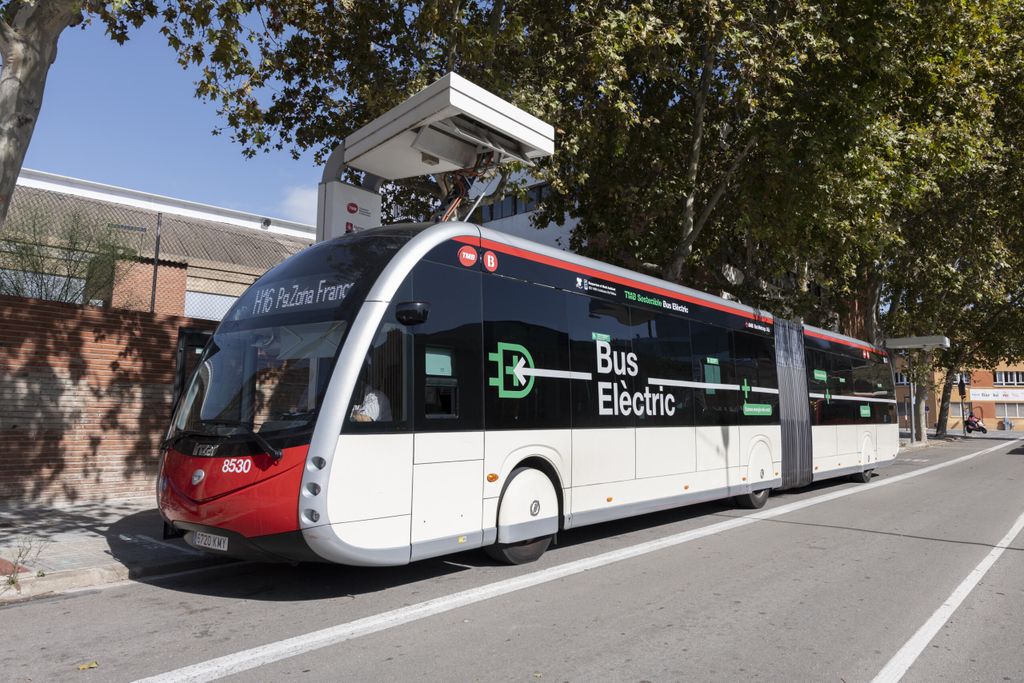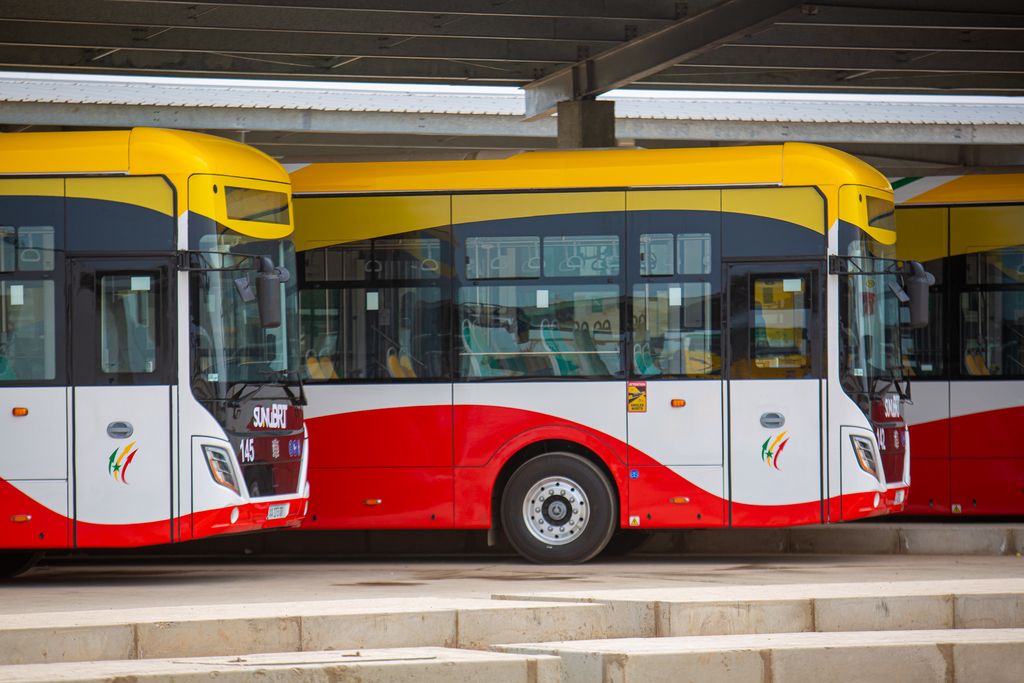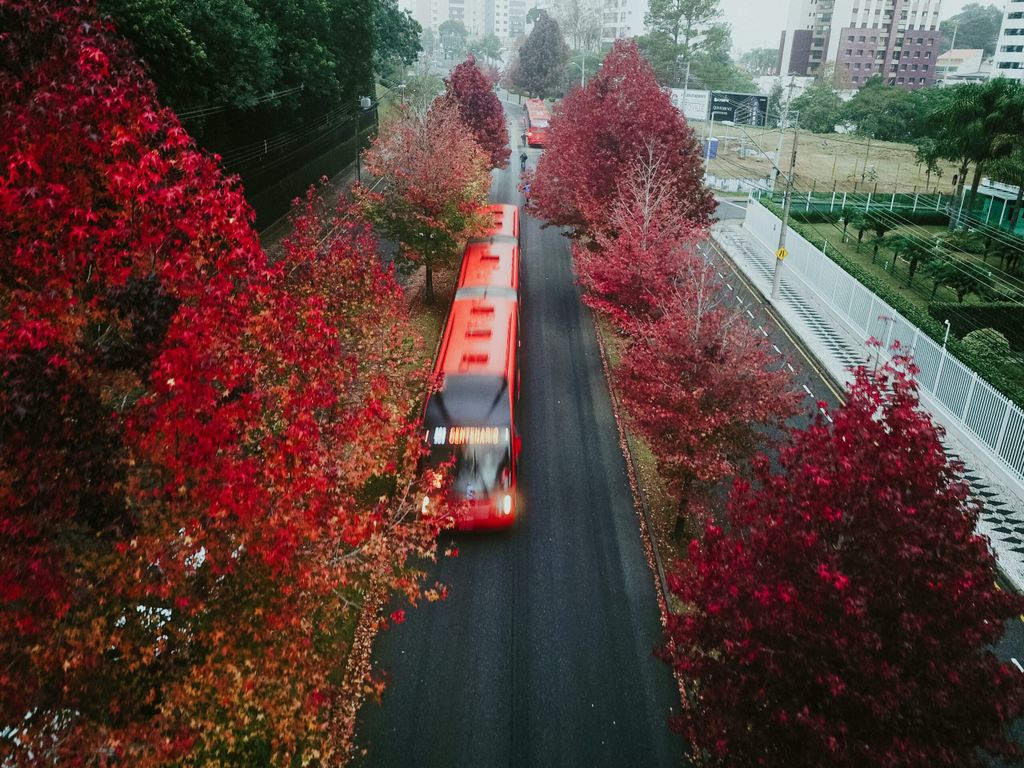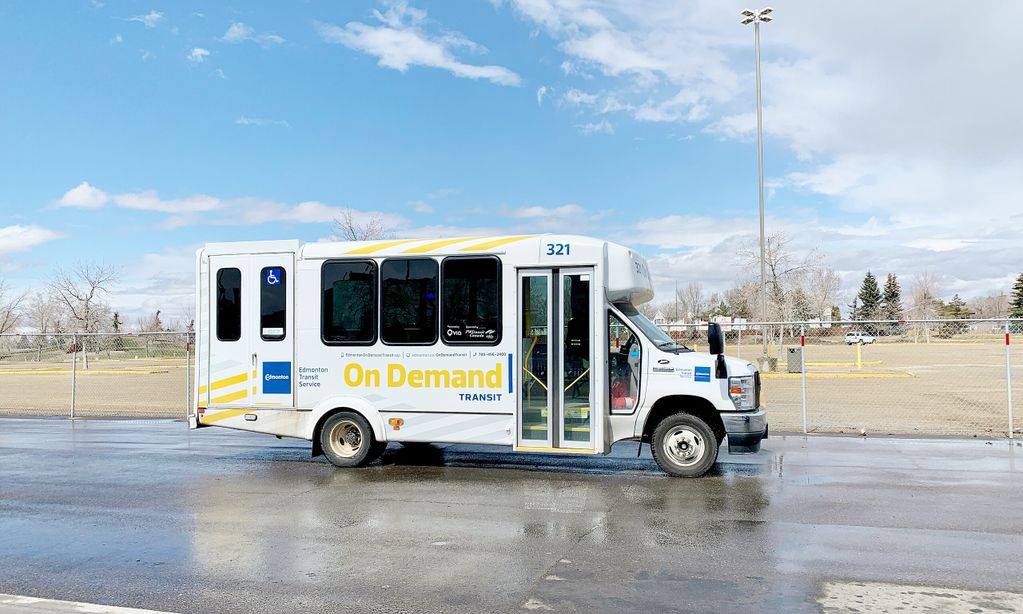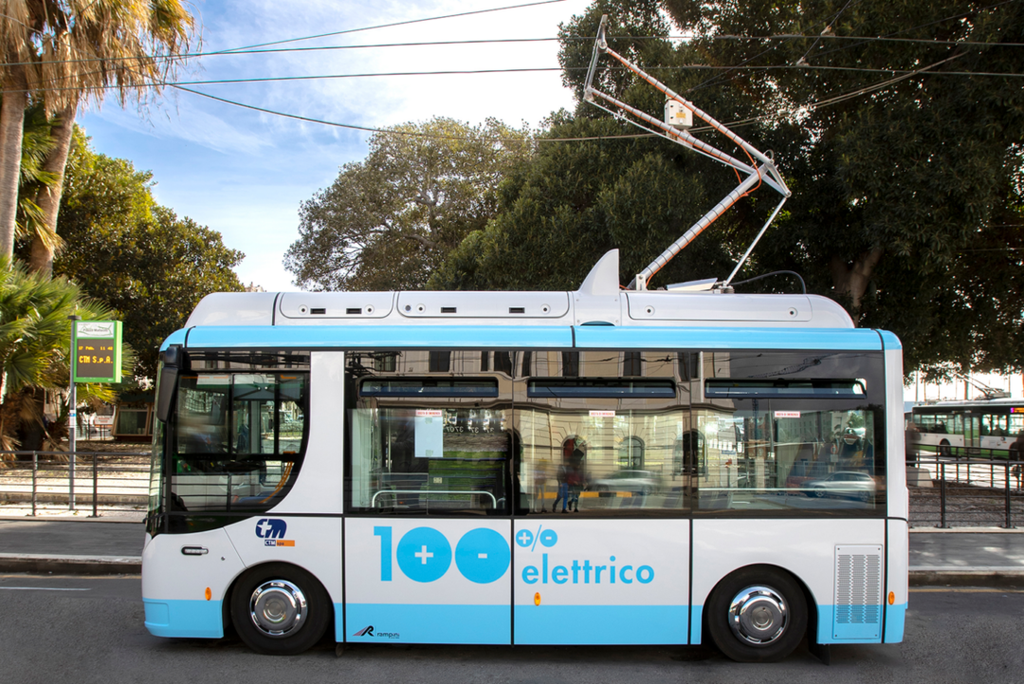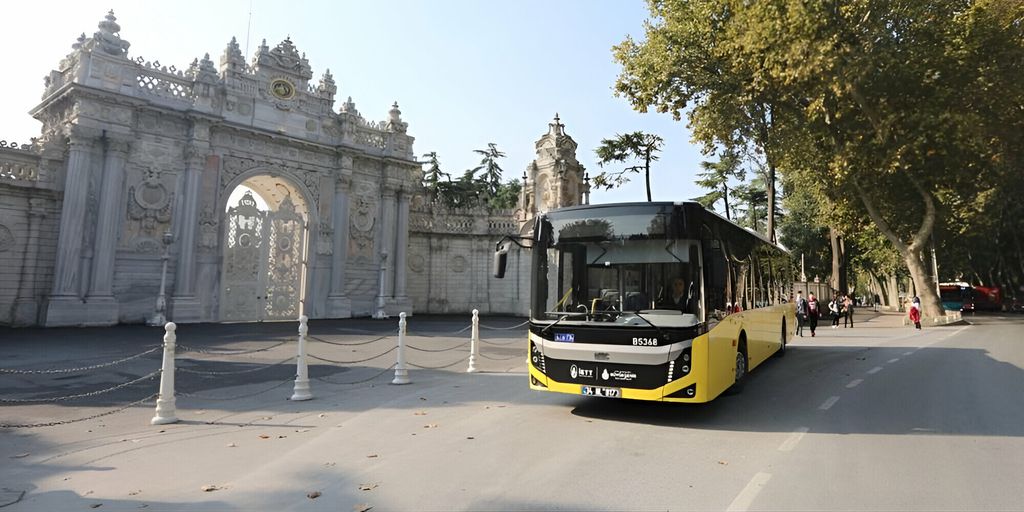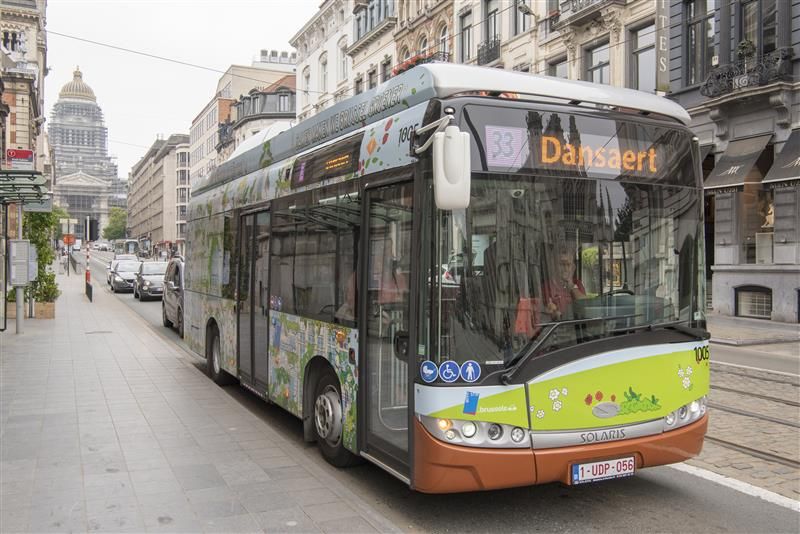
Depot adaptions for clean bus technologies
Climate change and local air pollution are the main factors driving the transition towards clean- and zero-emission technologies in the transport sector
Around the world, national and local governments have issued transport decarbonisation visions and plans, and set up targets and timelines supporting the transition from fossil-fuelled fleets towards clean and zero-emission technologies.
As key stakeholder in this transition, the bus sector is demonstrating strong commitment to the decarbonisation goals and is embracing clean technologies and innovation whilst investing in substantial fleet renewal in many of our cities. However, while transitioning towards low- and zero-emissions buses can significantly improve quality of life and liveability in our cities, the introduction of a new technology poses several challenges to operators daily business.
When diversifying the technology portfolio, operators need to consider many aspects related to the specificities of each technology and its operational requirements, like the introduction of new equipment, functions and tasks, as well as local regulations and standards. Lack of space, finding a suitable location, energy supply, design for high efficiency of operations, and ensuring compliance to regulations for a specific technology, are usual constraints to cope with when planning for a new depot.
This factsheet series is aimed at providing an overview of the main aspects to consider in the different phases of planning and deploying a new depot, or upgrading an existing one. As public bus fleets are usually made of several technologies, it is not uncommon that depots are shared for different types of buses. The factsheets set the focus on some of the most popular technologies that can be found globally: battery electric, fuel cell hydrogen and natural gas, and its journey starts right after the technology choice has been made, for this reason there are not considerations or comparisons in this regard. The factsheets series is part of the UITP collection of existing documents aiming at shortening the learning curve, such as Bus Tender Structure, released in 2018, or Fleet Renewal Checklist, released in June 2020 by the UITP Bus Committee.
This Report was prepared by the UITP Bus Committee the members of the CVT T1 Bus Depot Adaptations Working Group. Thanks to EMT Madrid and TEC Wallonia for their leadership in the elaboration of this work, and all members who provided input!
UITP members can access the Report on MyLibrary with an annexe on regulation standards for BEB and FCHB technologies.
Access the Report on MyLibrary
Membership benefits

